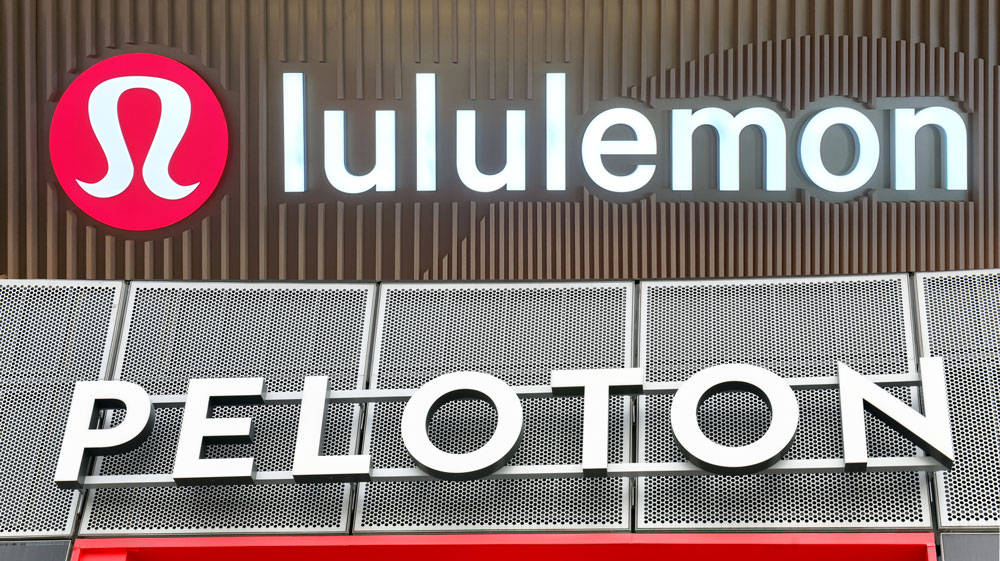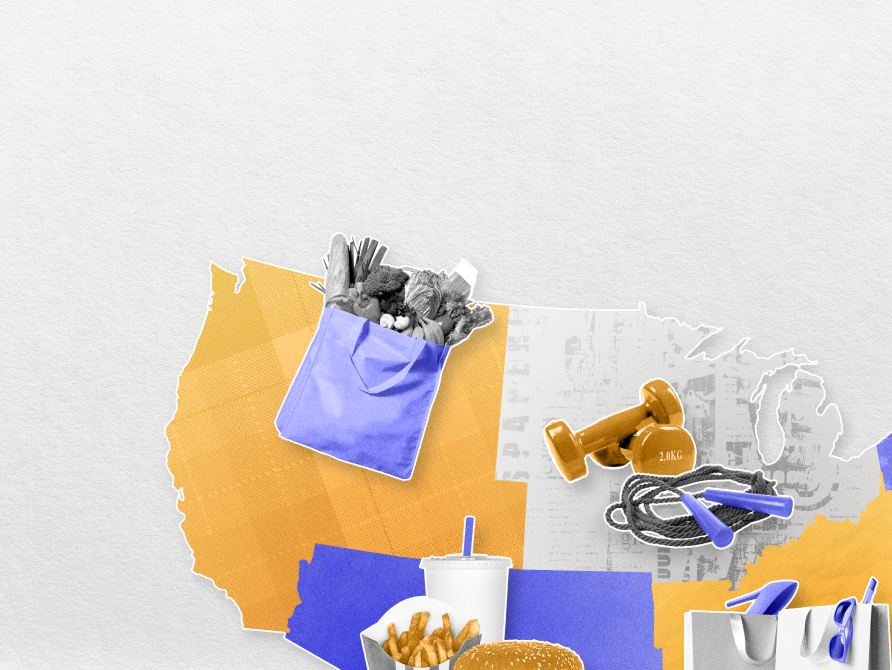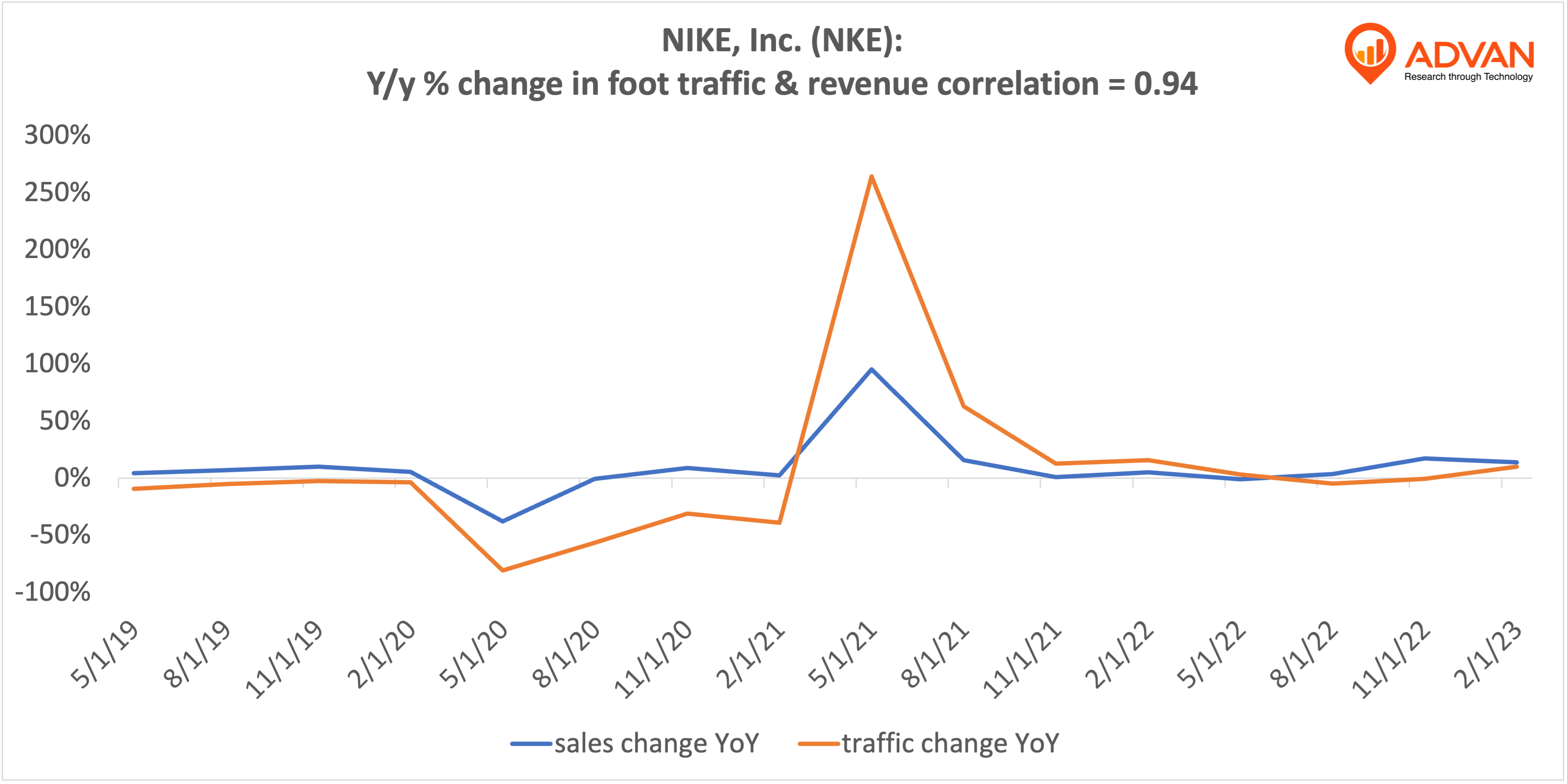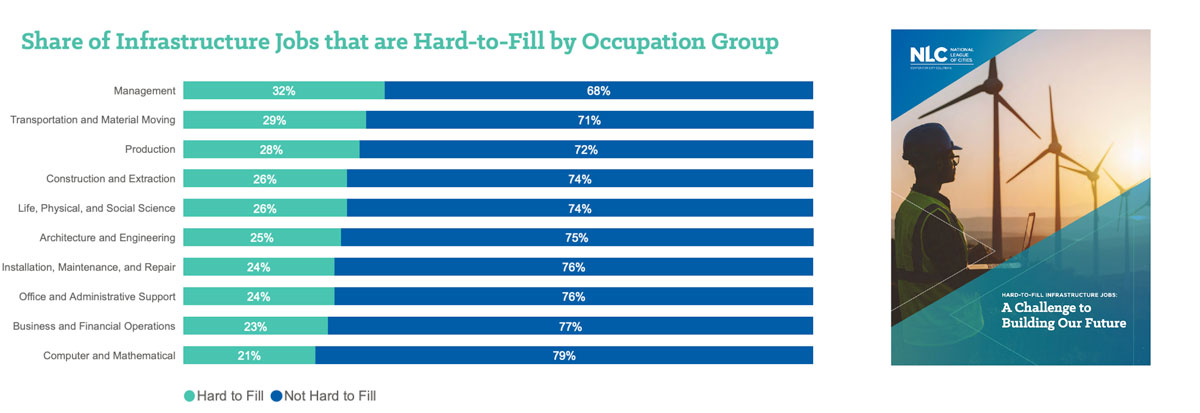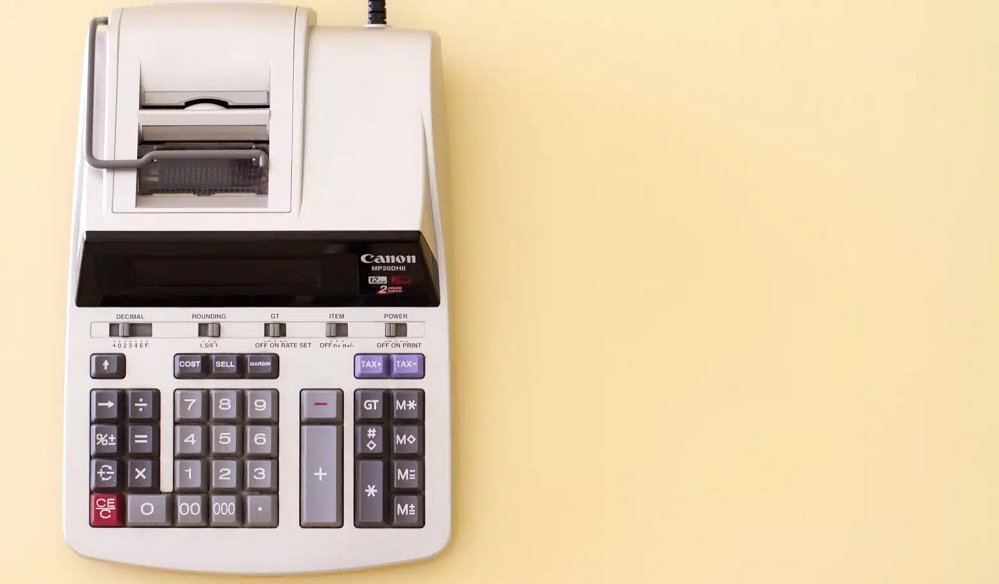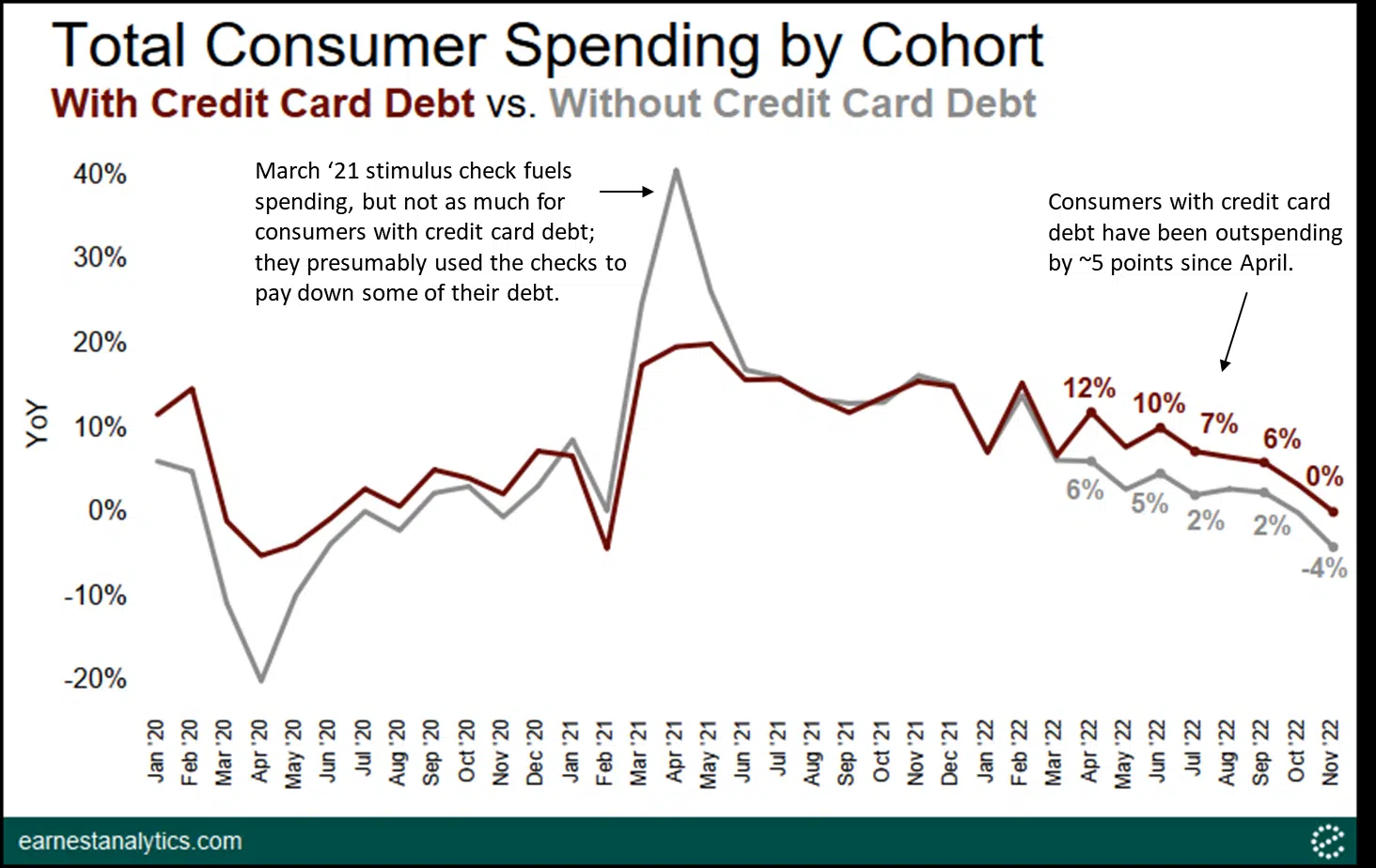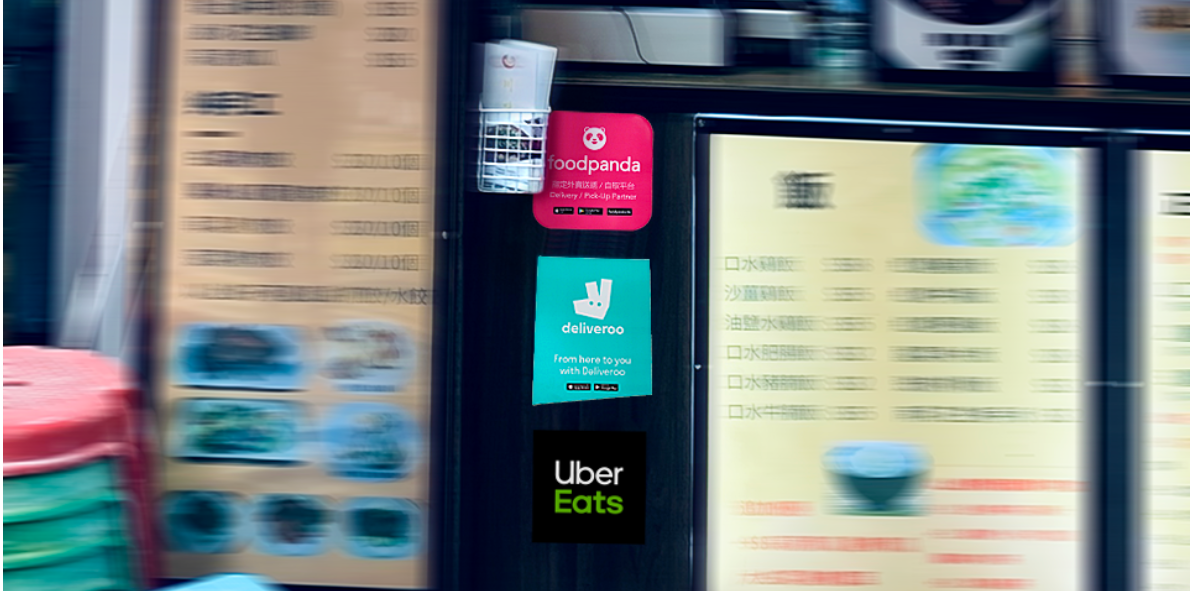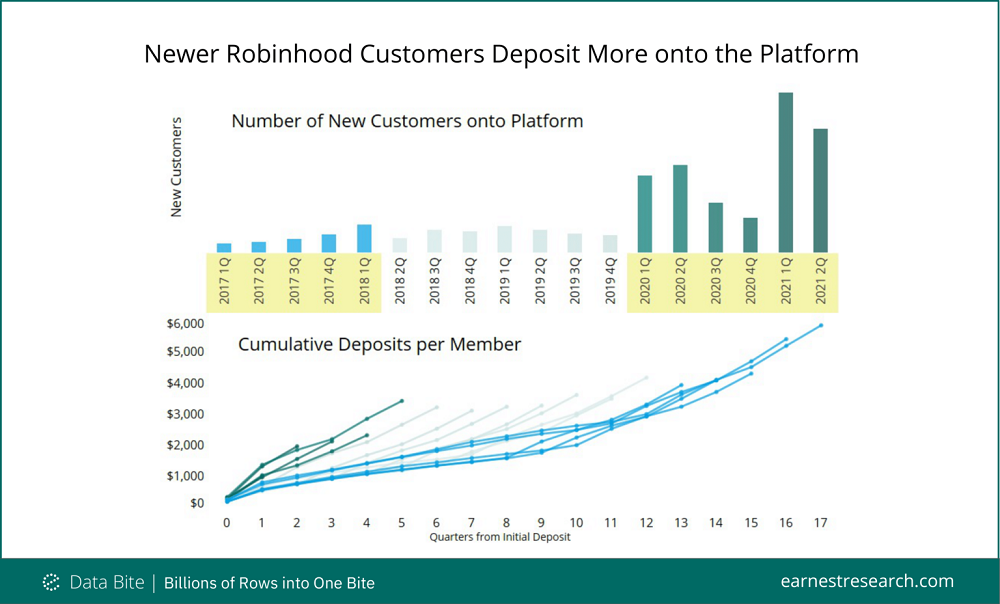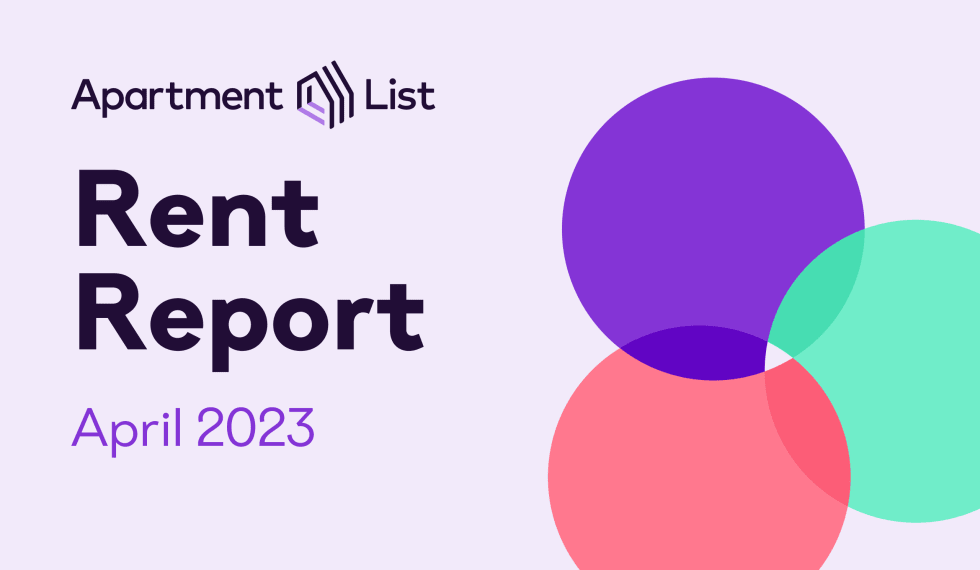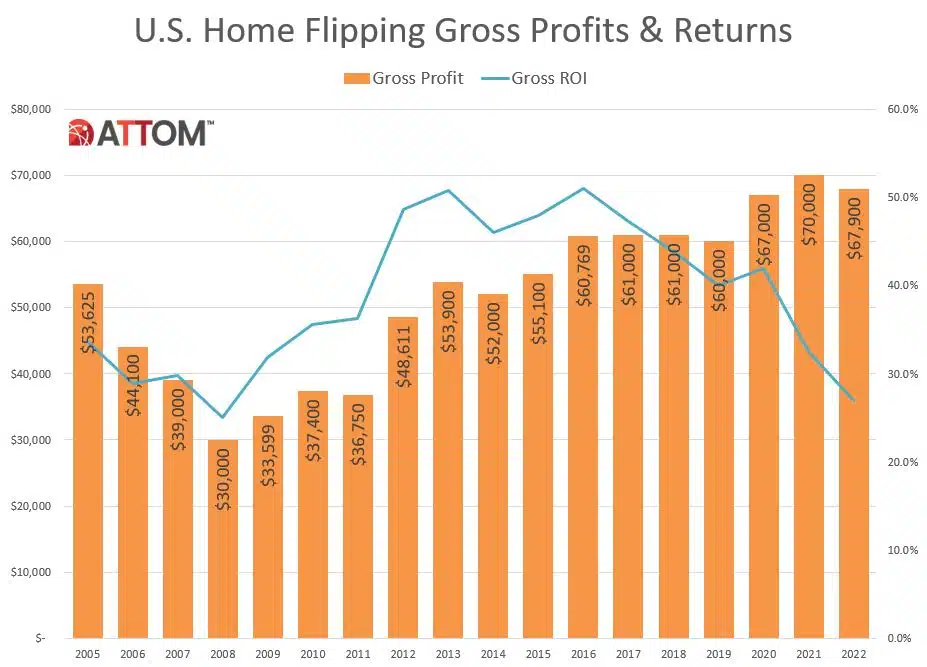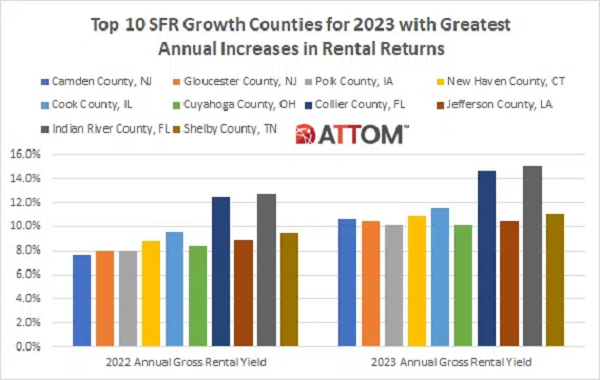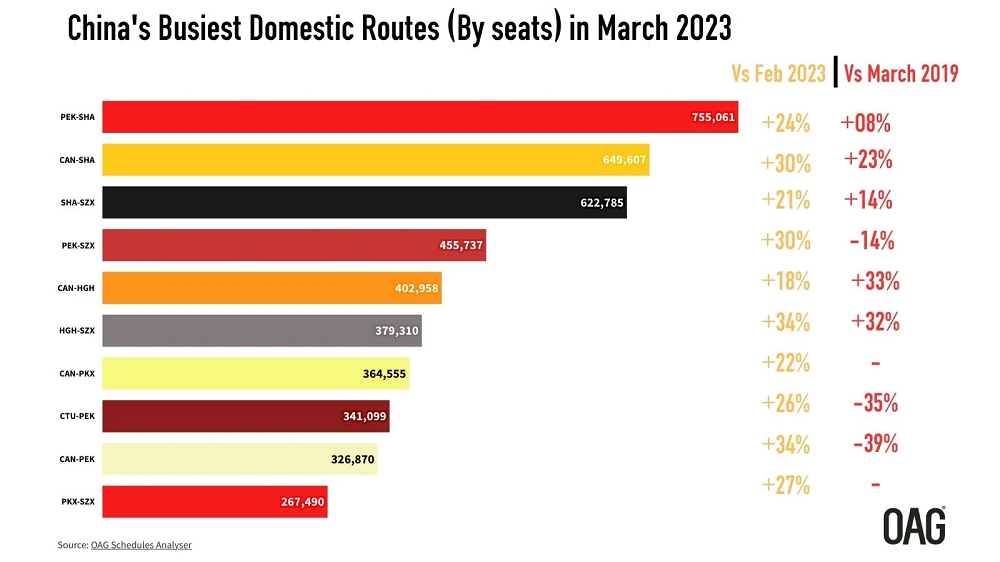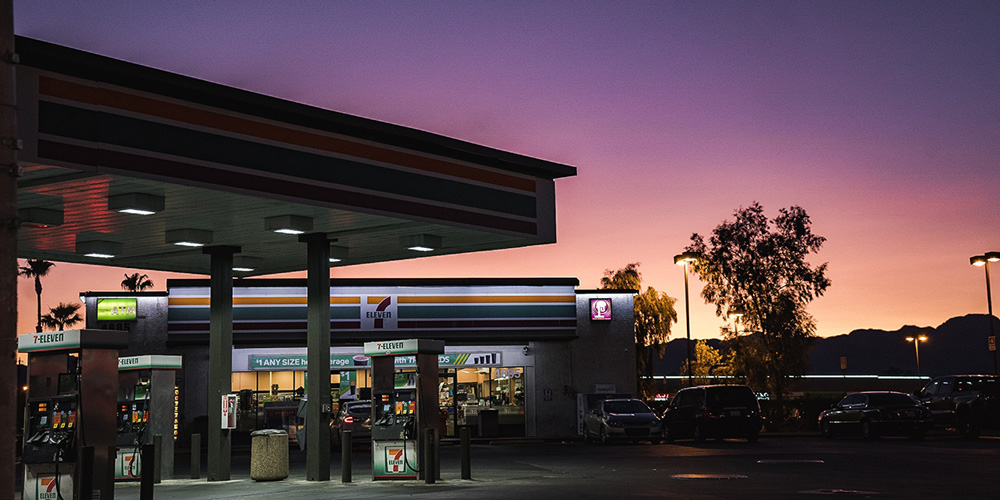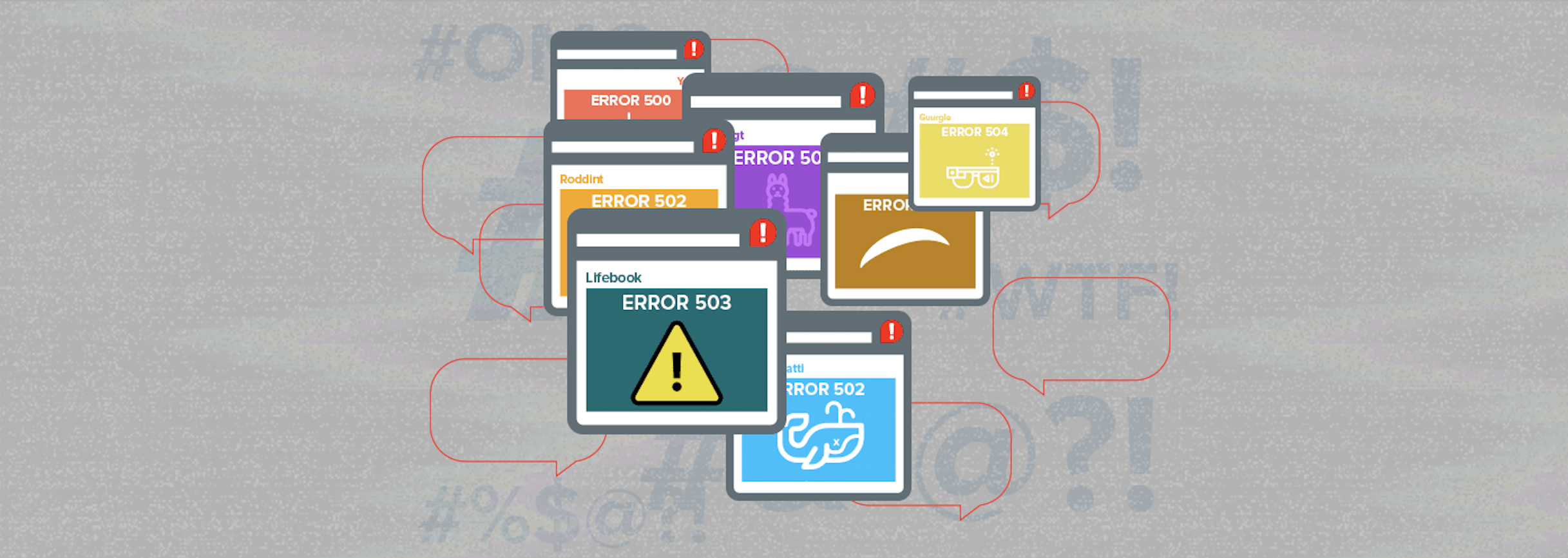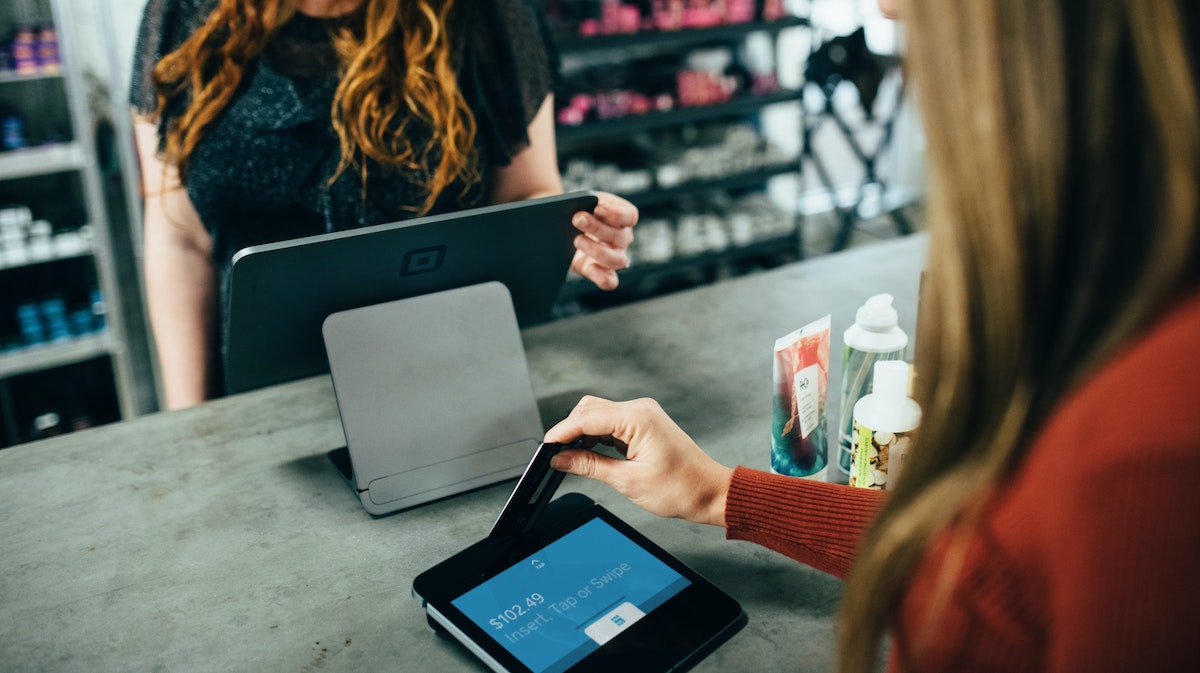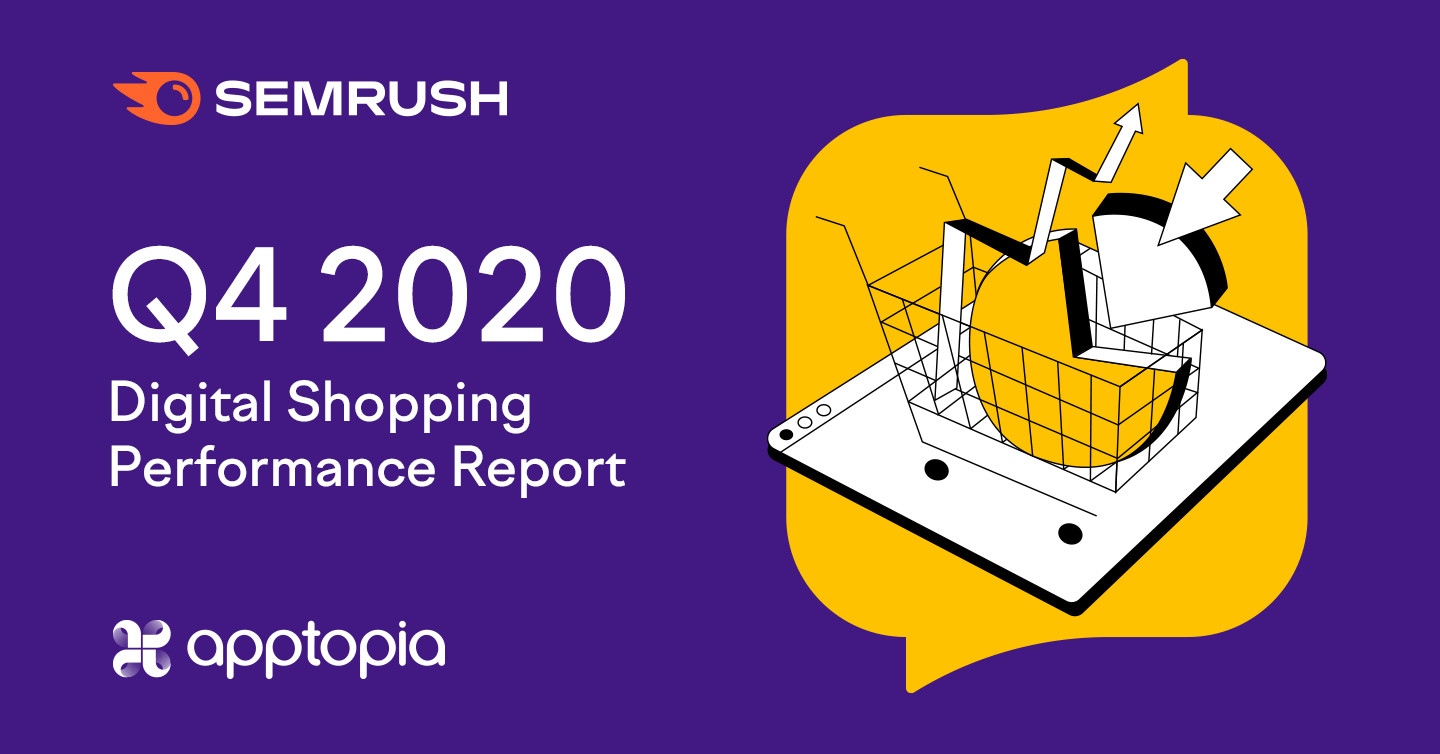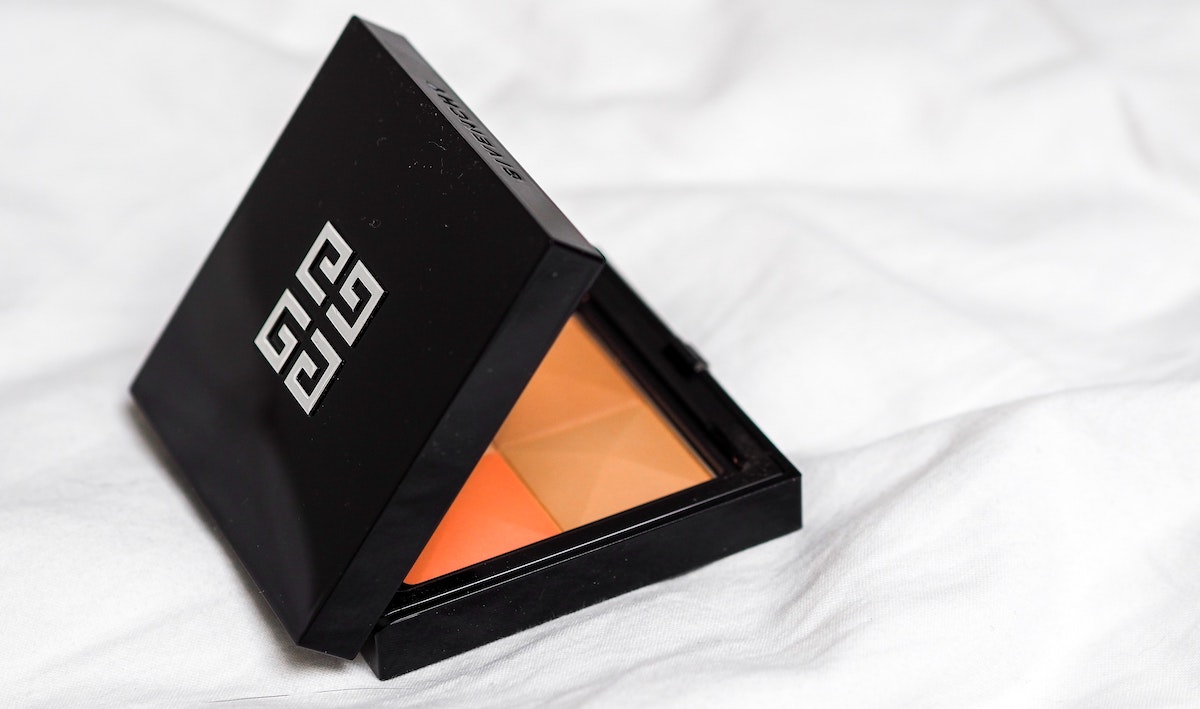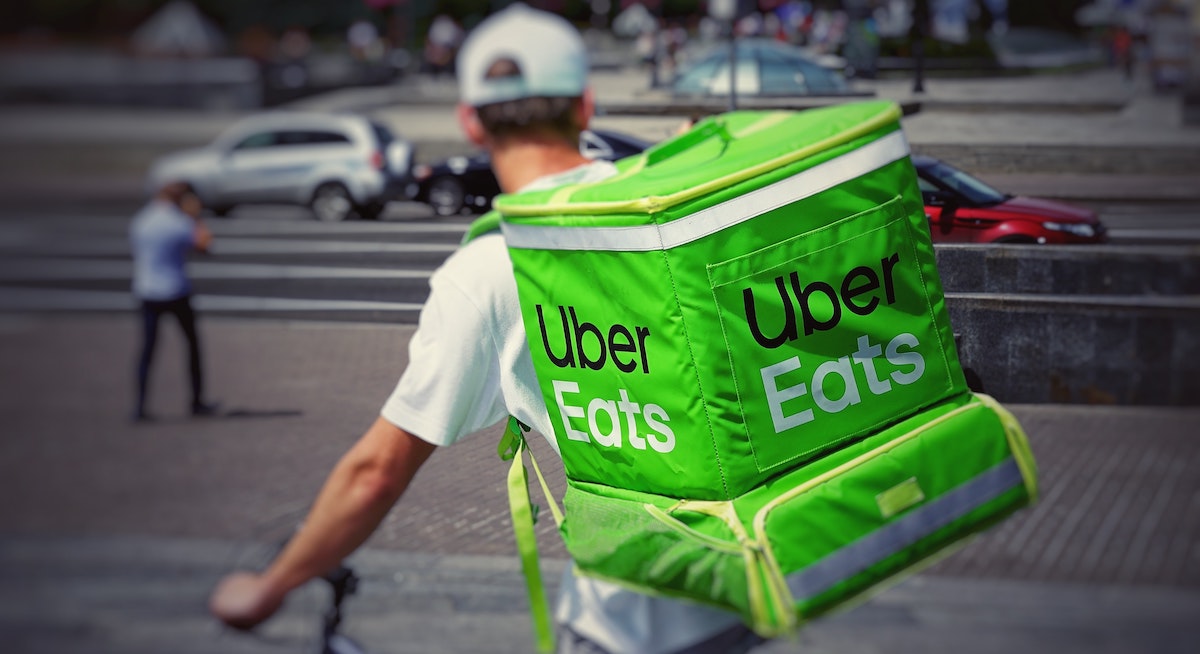2020 was a year of consolidation and convergence among top players in the on-demand delivery service market, and 2021 begins with even further expansion of these brands into new markets. Alongside increased consumer adoption of online grocery and food delivery sales we previously reported, the convenience store market is also poised for disruption amid Amazon’s plans to launch 3,000 cashierless Go Stores, grocers Whole Foods and Kroger testing convenience-style store formats, and popular convenience chains like Sheetz stating intentions to compete with both grocery stores and quick service restaurants.
If you can guarantee one thing about the Health and Fitness app market it is this: downloads will explode in January, then taper during the rest of the year. Why January? Simple. It's when holiday excess and New Year resolutions inspire millions of people to get fit. But, as we know, last year was different. In 2020 it was April, not January, that saw the biggest spike in downloads of Health and Fitness apps globally at 276 million, up 80% year over year.
“We’re experiencing problems” was a common phrase faced by users who encountered outages during Q4 2020. We are continuing our series tracking outages in online services using Downdetector® data from Q4 2020. Once more we have focused on seven categories: cloud services, email service providers, financial services, gaming, internet service providers, social media and streaming services.
“Buy now, pay later” may as well be America’s motto. Credit has always been an important driver of the economy, but a new batch of installment payment brands making microloans to consumers have come onto the scene recently as major disruptors to more traditional credit cards.
Shopping habits changed in 2020. Instead of wandering into brick-and-mortar businesses, we spent hours window shopping on the internet. And, if you’re anything like me, you relied a little too heavily on that “Add to Cart” button for a quick rush of quarantine-style serotonin. The proof? Other than the pile of boxes in the corner of my room? US Shopping app sessions increased 65.9% YoY in Q4. A session occurs every time someone opens and uses an app. More sessions, more sales.
While COVID-19 impacted so many industries last year, real estate fared quite well. In the United States, home prices hit a record high in 2020 — just above $320,000, while the UK saw their average house price rise 7.6% compared to 2019. By forcing employees across the globe to work from home and students to learn from their bedrooms, many consumers began to flock away from cities and into the suburbs for more space.
Investment in the logistics sector reached a record high in Asia Pacific in 2020, with four of the region’s markets ranking in the top 10 biggest logistics markets globally in the year. The e-commerce revolution was already well underway before 2020, and the Covid-19 pandemic served to reinforce investor appetites for warehouses even further. Deal activity totaled $13.5 billion in 2020, according to preliminary Real Capital Analytics data, just eclipsing investment levels in 2018 and 2019.
In this Placer Bytes, we dive into Tractor Supply’s success and analyze what’s hurting IKEA. While Home Depot and Lowe’s get the bulk of the attention for the home improvement surge, one brand that has matched their impressive runs is Tractor Supply. The company has seen a huge surge since the onset of the pandemic, and the company seemingly got stronger as the year progressed.
In this Placer Bytes, we dive into the Q4 performances of McDonald’s and Whole Foods and one element that prepared Amazon for a stellar Q4. McDonald’s is among the best-positioned brands in 2021 with a high value offering that should be particularly appealing in a year likely to be defined by continued economic uncertainty. Whole Foods was among the few to face real and tangible struggles.
Digital games closed out 2020 with $12.0B in December, which was a 15% growth from the prior year and the highest monthly revenue total ever. Mobile earnings were up 5% year-over-year and console earnings grew 16%. PC games revenue, however, jumped 40% largely thanks to the release of Cyberpunk 2077.
When lockdown orders went into effect during COVID-19, consumers increasingly turned to online retailers for necessities. For the beauty industry, this meant a renewed interest in beauty subscription boxes. DTC beauty box companies offer subscriptions (usually monthly or quarterly) and an additional ecommerce platform for purchasing beauty and makeup products.
As millions of Americans sheltered in place and shifted to working from home and remote learning during the COVID-19 pandemic, ongoing research from Comscore (Nasdaq: SCOR), a trusted partner for planning, transacting and evaluating media across platforms, found that overall in-home data usage levels throughout 2020 remained significantly higher than in 2019.
With Warner Bros. announcing plans to release new movies on HBO Max in 2021 for no additional fee, we looked at how the news impacted subscriptions and the Video On Demand space more broadly.
As we look back on 2020, we can reflect on a year that felt more like three than one. 2020 ripped up all previous forecasts. Thanks to Covid-enforced lockdowns, all the emerging mobile behaviors that had been bubbling away suddenly exploded. Niche mobile habits went mainstream. Three years of projected changes were squeezed into one.
Mobile device usage has significantly accelerated over the last year with daily time spent per user reaching 4.2 hours (a 20% year-over-year increase). While Gen Z has never known a world without smartphones, the ongoing pandemic has made all generations increasingly more reliant on mobile over the last year. Our recent 2021 State of Mobile report uncovered that in 2020, Baby Boomers in the United States spent 30% more time year over year in their most-used apps.
When U.S. cities and states faced shelter-in-place orders to limit the spread of the coronavirus, Americans’ reduced mobility resulted in plummeting sales at rideshare companies. While rideshare sales have been gradually recovering over the past several months, November marked a decline for the first time since April. Sales declined even further in December, with Uber sales down 71 percent year-over-year and Lyft sales down 73 percent year-over-year.
The fourth quarter was not good for restaurant sales; each month posted worse same-store sales growth than the previous month. By December, same-store sales growth fell to -13.3% year-over-year, the worst month for the industry since July. Same-store traffic growth for the month was -18.6%, also the worst performance in the last five months.
When many Americans sheltered in their homes early in the coronavirus pandemic, meal delivery sales reached new heights. Our data reveals that in December, sales for meal delivery services grew 138 percent year-over-year, collectively.
One of the sectors less affected by the pandemic was the wider grocery space; yet even here, there were dramatic changes in shopping behavior. The grocery sector surged in Q1 with a big boost coming from the pre-pandemic supermarket rush. Visits were up 4.6% in the first quarter of 2020, before seeing a 9.8% decline year over year in Q2. Yet, Q3 and Q4 saw essentially flat numbers year over year with visits down 0.6% and 0.9% for the group analyzed.
While COVID-19 has changed many consumer behaviors and limited entertainment, team sports have played on. Specifically, football on Sundays, and the foods that go with it, has remained in place as a national pastime. As the playoffs progress heading into the Super Bowl, we take advantage of CE Vision’s unique ability to easily isolate transactions by day of week to examine how food delivery on Sundays during Football Season differs from during the rest of the year.
